By Thuita Gatero, Managing Editor, Africa Digest News. He specializes in conversations around data centers, AI, cloud infrastructure, and energy.
The prudent thing to do at the outset of any project, whether opening a micro-enterprise or rolling out a national AI strategy is to count the cost and assess the return. That’s business 101. But increasingly, in Africa’s AI race, players are skipping that step. For many, it’s become a signal game: who can build bigger, faster, first. That’s not just ambitious, it’s dangerous.
AI doesn’t exist without data centers. And data centers don’t exist without reliable power. That blunt fact collides with Africa’s reality: some 600 million people on the continent still lack access to electricity. For those already connected, load shedding, blackouts, and the constant hum of backup diesel generators are daily truths. So when we ask “what is the cost of AI,” the ledger must include kilowatts, infrastructure failures, and human trade-offs not just CAPEX and servers.
The rush is obvious. Hyperscalers (AWS, Microsoft, Google) are planting stakes. Local operators (PAIX, MainOne, Raxio) are expanding. Governments are promising incentives. Billions of dollars are flowing into cloud hubs, fiber backbones, and server farms. But that enthusiasm masks the fragile foundation beneath: what powers the power?
Africa remains a laggard in global data center capacity. The continent hosts only ~307 megawatts of data-center load, less than 2% of global totals. The Africa Data Centres Association estimates that by 2030, the continent will need an additional 1,200 MW across dozens of new facilities. Meanwhile, the market for data centers is expanding: estimates project growth from USD 1.80 billion in 2024 to USD 3.85 billion by 2033 (CAGR ~8.8%).
But capacity alone doesn’t solve the problem. The energy equation is yawning. In South Africa, load shedding routinely disrupts operations. In Kenya, renewable penetration is strong, yet grid stability is uneven. In Nigeria and Egypt, diesel fallback is common. Each hub competes on digital ambition but contends with real outages.
Elon Musk’s decision to place his AI supercomputer “Colossus” in Memphis is instructive. He chose an existing facility, former Electrolux plant and struck deals with Memphis utilities. He cited Memphis’s “reliable power grid, ability to create a water recycling facility, proximity to the Mississippi (River), and ample land” among the reasons. Yet the project has sparked fierce backlash: xAI operates dozens of methane gas turbines, many without permits leading to elevated emissions of nitrogen oxides and concerns over respiratory health in nearby neighborhoods. As one environmental lawyer put it:
“xAI’s decision to install and operate dozens of polluting gas turbines without any permits or public oversight is a clear violation of the Clean Air Act.”
That case is a cautionary tale. If a wealthy U.S. city faces backlash for energy choices in AI infrastructure, imagine the multiplier risks for African cities with fragile grids, weak regulation, and communities already stressed by power shortages. The moral: infrastructure ambition cannot outpace energy governance.
Investors understand this. The smartest bets now are not just on servers and software but on power: microgrids, hybrid energy systems, onsite generation, and integration of LPG or hydrogen as bridging technologies. Data center and energy must become two sides of the same coin.
So, is AI worth the cost in Africa? If the metric is only ROI, the signs are promising. But if the metric includes social cost, schools that lose power, hospitals delayed, homes that slide into darkness, the calculus is more complex. Sometimes being “left behind” is less tragic than racing ahead on broken foundations.
In the end, Africa’s AI future won’t be decided by algorithms or venture funds. It will be decided in substations, gen-sets, renewable farms, and energy regulation. Until the power problem is solved, Africa’s march into AI remains incomplete.
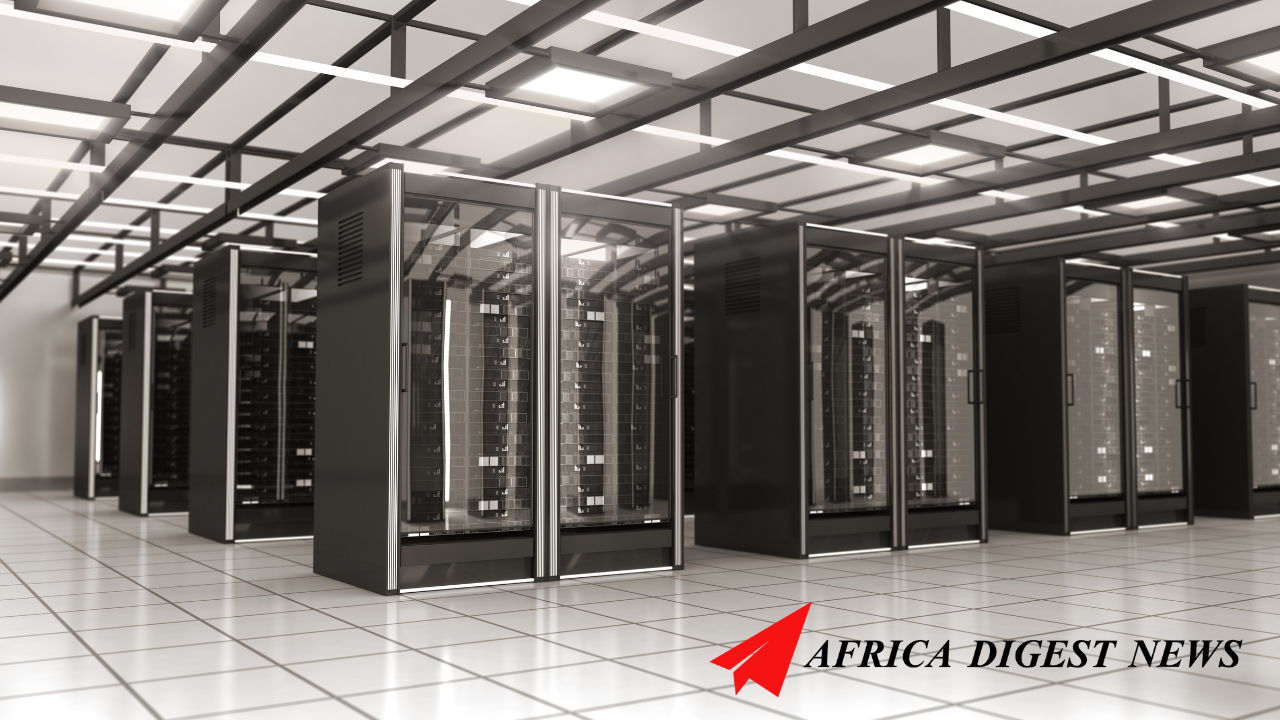

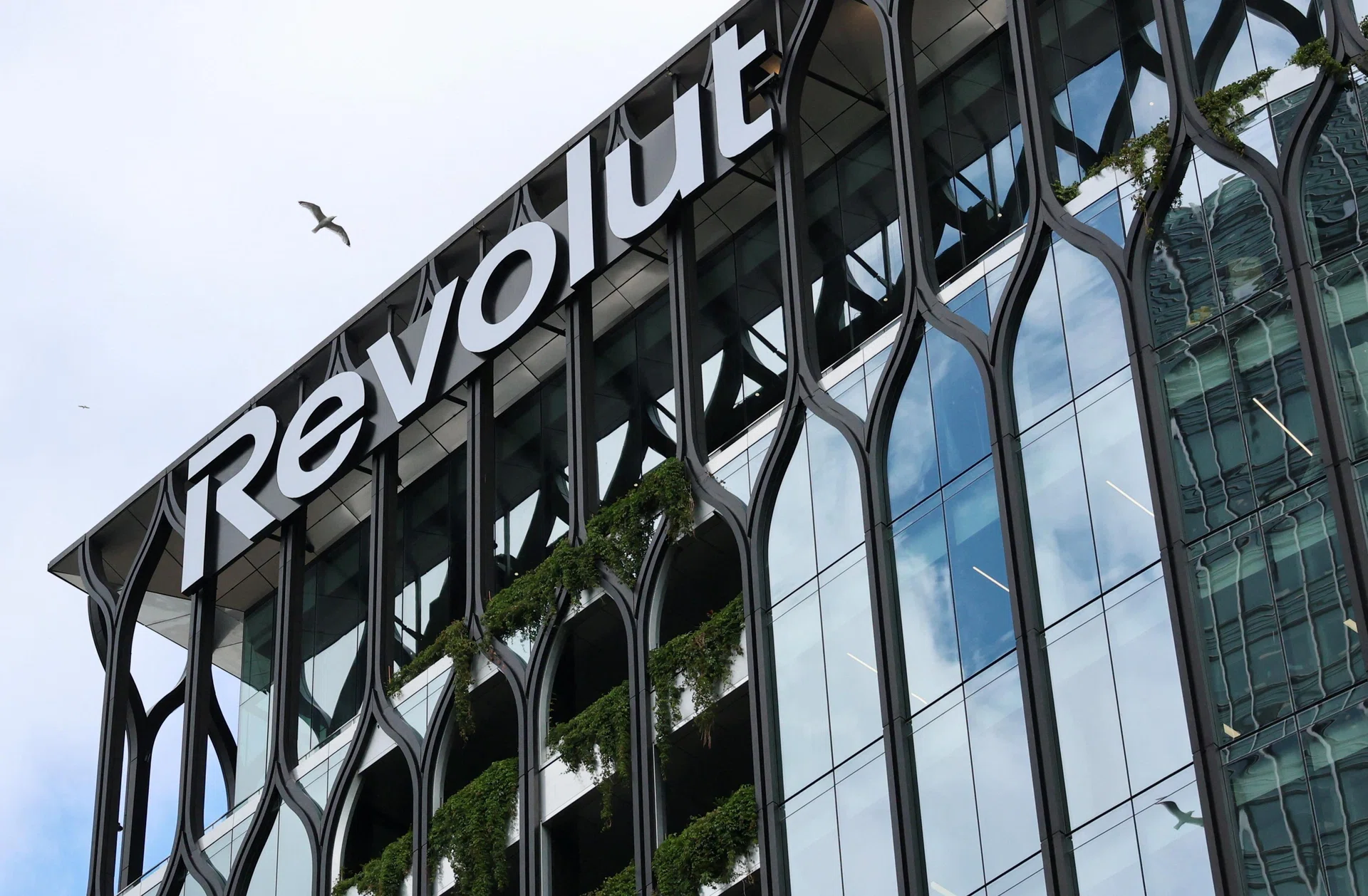
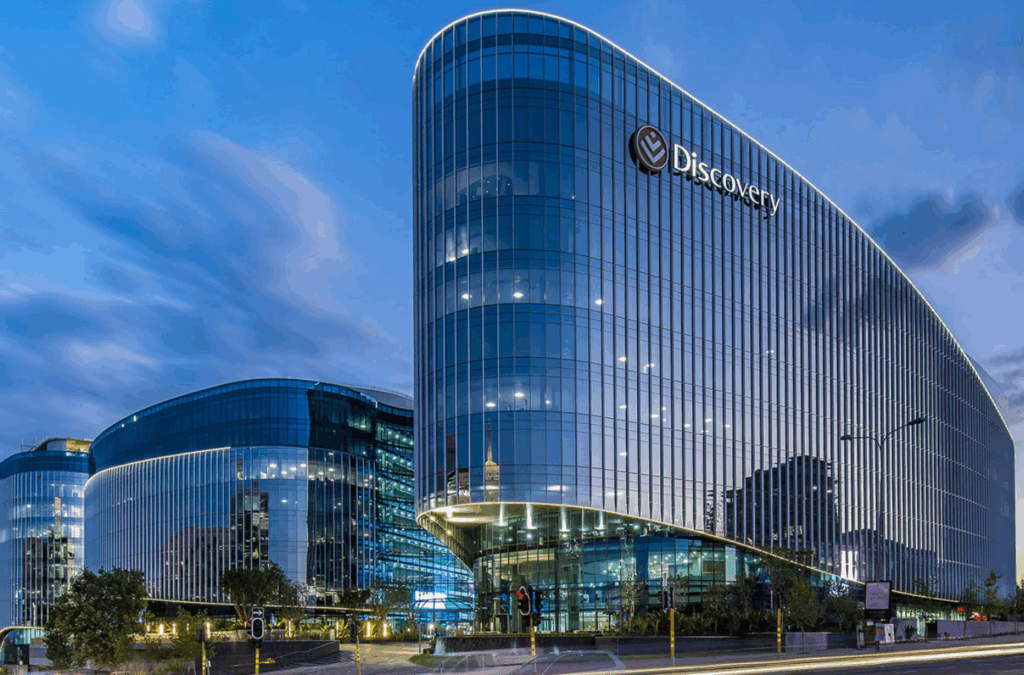
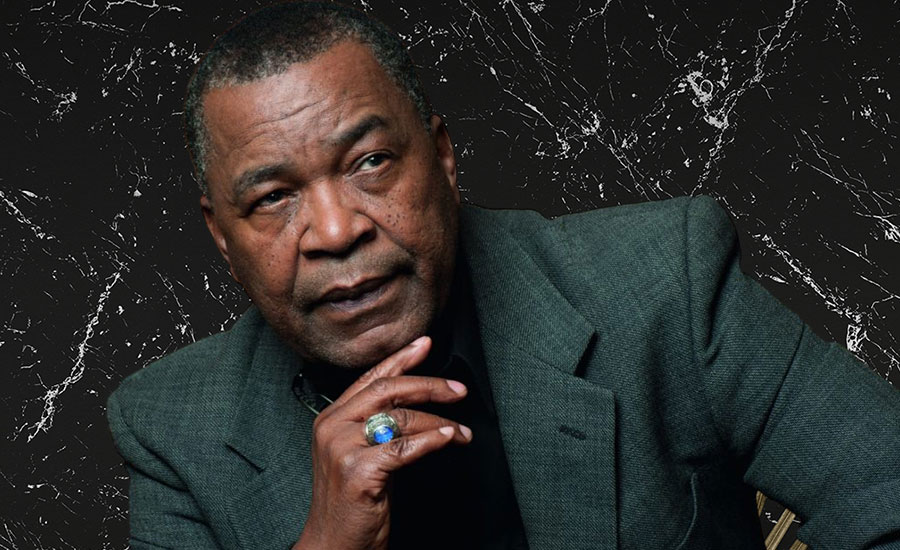
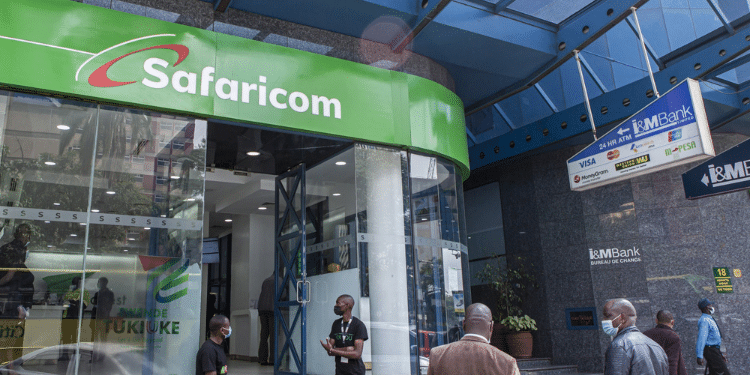

Leave a Reply